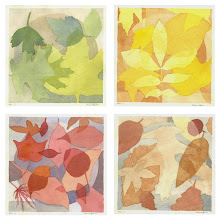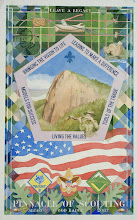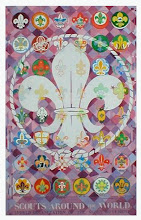One of my early architectural mentors passed along some great advice regarding site planning: “Listen to the land.” Unlike the clear words Kevin Costner heard in a corn field, the land will give many whispering clues about its geography and natural characteristics. If trained to listen to these clues, it will certainly tell you how to work with it.
Listen for the answers to these questions:
- History – Is there physical evidence of the site’s previous use? Can this history become an asset – or something to avoid?
- Visibility/connectivity – How do you arrive at the site? Are there adjacent properties that connect with or impact this site? Is visibility important for this use? Where are the utilities?
- Topography/Geology – What are the high-points and valleys? How steep is the terrain?
- Water – Where does all the rain-water go and is there storm-water coming from off-site? Are there creeks and wetlands to work around?
- Vegetation – What type of vegetation is growing naturally and is it diverse? Are there trees or vegetation to save? Are there clues in the vegetation that tell you what issues may arise with development?
- Solar orientation – How will the sunlight affect the building’s intended uses? How can orientation improve passive solar design to improve future energy consumption?
- Weather – What is the prevailing wind direction? Are there natural features to features to block the winter wind or summer sun?
- Wildlife – Are there sensitive habitats to consider? Can the building location avoid disruption to existing wildlife or even enhance it?
More detailed information can certainly be obtained through surveys and research. However, the answers to these eight basic questions are usually obvious to an experienced Architect or planner.
Don’t get started on the land design without the Architect – there is so much value we can add to the early decision-making process. Take us along on that first site walk to traipse through the mud and thorns. With our assistance, maybe the land will speak to you too.







